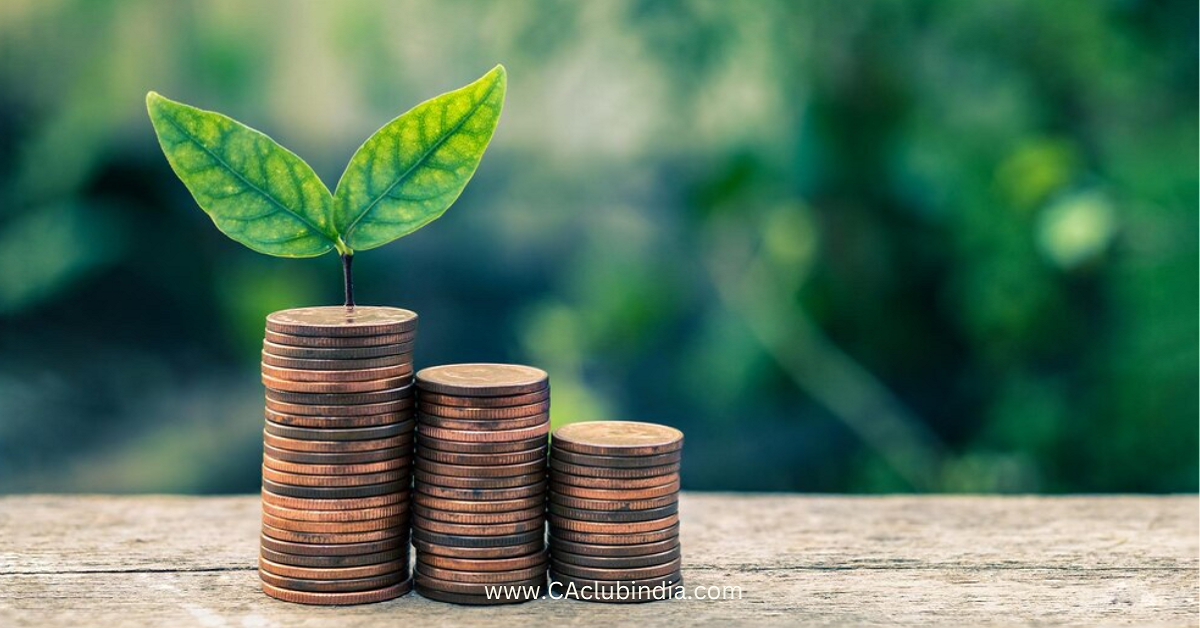Introduction to Green Bonds and the UN Sustainable Development Goals (SDGs)
Green bonds are financial instruments designed to fund projects with positive environmental impacts, such as renewable energy and pollution control. They align closely with the UN Sustainable Development Goals (SDGs), which address global challenges like climate change and resource scarcity. For those seeking to better understand these investments, Proficator offers valuable insights into aligning financial strategies with sustainability goals. Integrating green bonds with the SDGs helps direct investments toward initiatives that support a sustainable future.

The Role of Green Bonds in Financing Sustainable Development
Green bonds function similarly to traditional bonds but are specifically earmarked for financing projects that have positive environmental impacts. They include:
- Issuance: Governments, corporations, and financial institutions issue green bonds.
- Use of Proceeds: Funds are allocated to projects such as renewable energy, energy efficiency, and sustainable agriculture.
- Impact Reporting: Issuers are required to report on the environmental benefits of the financed projects.
Green bonds contribute to financing the SDGs by providing capital for projects that directly support sustainability goals. For example, a green bond issued by a utility company might fund the development of a solar energy farm, aligning with SDG 7 (Affordable and Clean Energy).
Green Bonds and Specific SDGs: An In-Depth Analysis
- SDG 6: Clean Water and Sanitation: Green bonds finance water conservation projects and infrastructure improvements that enhance access to clean water. Investments in wastewater treatment facilities and sustainable water management practices are examples of how green bonds support this goal.
- SDG 7: Affordable and Clean Energy: This goal is directly supported by green bonds funding renewable energy projects, such as solar, wind, and hydropower. By reducing dependence on fossil fuels, these investments help in achieving energy security and affordability.
- SDG 11: Sustainable Cities and Communities: Green bonds help develop sustainable urban infrastructure, including energy-efficient buildings, green transportation systems, and urban green spaces. Such investments reduce the environmental footprint of cities and improve living conditions.
- SDG 13: Climate Action: Green bonds contribute to climate change mitigation by financing projects that reduce greenhouse gas emissions. Initiatives like reforestation, sustainable agriculture, and carbon capture technologies are examples of how these bonds align with climate action.
Benefits of Green Bonds for Sustainable Development
- Environmental Benefits: Green bonds finance projects that directly reduce environmental impact, such as lower emissions and improved resource management. This leads to tangible improvements in environmental quality and supports global climate goals.
- Economic Advantages: They provide a new investment avenue, diversify financial portfolios, and attract capital to sustainable projects. Green bonds can enhance market stability by integrating environmental risks into financial assessments.
- Social Impacts and Community Benefits: Projects financed by green bonds often create jobs, enhance public health, and improve quality of life. For example, developing green infrastructure can lead to cleaner air and more accessible green spaces.
- Comparison with Traditional Bonds: Unlike traditional bonds, which may fund a range of projects, green bonds are dedicated to specific environmental benefits. This targeted approach enhances transparency and accountability in how funds are used.
Challenges and Limitations of Green Bonds
- Issues of Greenwashing and Standards Compliance: Greenwashing refers to the practice of misleadingly presenting projects as environmentally friendly. Ensuring adherence to rigorous standards and third-party verification can mitigate this risk.
- Market Limitations and Accessibility: The green bond market is still developing, with limited liquidity and higher issuance costs compared to traditional bonds. Expanding market access and reducing costs are necessary for broader adoption.
- Transparency and Reporting Challenges: Effective impact reporting and verification are crucial for maintaining investor confidence. Challenges include inconsistent reporting practices and difficulties in quantifying environmental benefits.
- Policy and Regulatory Barriers: Inconsistent regulations across regions can hinder the growth of the green bond market. Harmonizing standards and creating supportive policies are needed to foster a global green bond market.
Future Trends and Innovations in Green Bonds
- Emerging Trends: The green bond market is expanding, with increasing participation from various sectors and regions. Trends include the development of new bond structures, such as sustainability-linked bonds, which offer financial incentives for achieving environmental targets.
- Innovations in Green Bond Structures and Impact Measurement: Innovations include integrating advanced technologies for impact measurement and reporting, such as blockchain for transparency and artificial intelligence for environmental impact assessments.
- The Role of Technology and Data: Technology enhances the effectiveness of green bonds by improving data collection, impact measurement, and reporting. Leveraging big data and digital platforms can enhance the credibility and attractiveness of green bonds.
The Role of Institutional Investors in Green Bond Market Growth
Institutional investors, including pension funds, insurance companies, and sovereign wealth funds, play a crucial role in expanding the green bond market. They provide significant capital, drive demand for green bonds, and influence market standards. Examples include major pension funds integrating green bonds into their investment portfolios to align with their sustainability goals. Institutional investors can further drive market growth by advocating for robust standards and increased transparency.
Policy Recommendations and the Way Forward
- Recommendations for Policymakers: Develop clear and consistent regulations to enhance market transparency and credibility. Implement incentives for green bond issuance and investment, such as tax benefits or subsidies.
- The Role of International Cooperation and Standards: Strengthen international collaboration to harmonize green bond standards and practices. Support global frameworks and guidelines to ensure consistency and effectiveness across regions.
- Strategies for Increasing Green Bond Market Participation: Promote awareness and education about green bonds among issuers and investors. Encourage financial institutions to develop green bond products and integrate them into mainstream financial markets.
Conclusion
Green bonds represent a powerful tool for financing sustainable development and achieving the UN Sustainable Development Goals. By directing capital to projects that deliver environmental, economic, and social benefits, green bonds play a crucial role in addressing global sustainability challenges. As the market evolves, continued innovation, robust standards, and active participation from all stakeholders will be essential for realizing the full potential of green bonds in fostering a sustainable future.





 CAclubindia
CAclubindia


